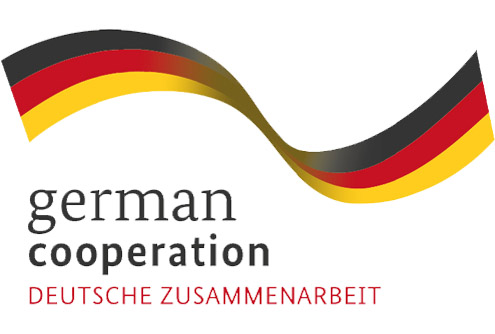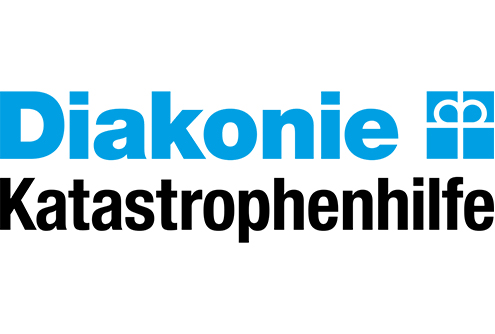Overview
Stage eight of risk-informed development
This resource forms stage eight of our Risk-Informed Development Guide, which provides a comprehensive stage-by-stage approach to working with communities most at risk.
By enabling and building the capacity of communities to manage the outcomes, results of actions, strategies and interventions agreed for risk-informed development, greater resilience is enabled for a more sustainable future. This is especially true because risks and development factors are dynamic and evolve continuously.
To achieve this stage, communities most at risk need to hold to account duty bearers and other stakeholders perpetrating the denial of rights.
This allows them to realise their rights and bring justice to any rights previously denied.
Holding to account other stakeholders in the planning process ensures they are supporting communities to update, adapt and implement their plans. Shared learning is also vital at this stage.


